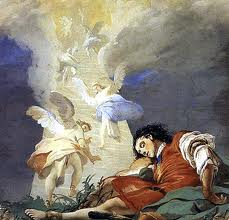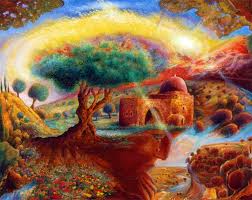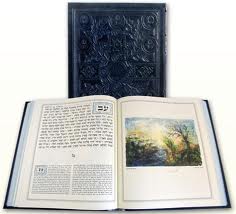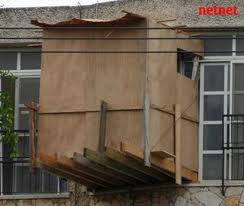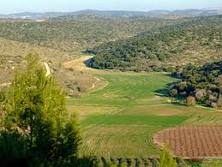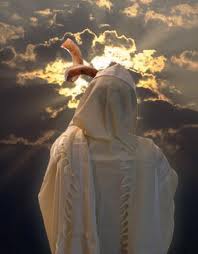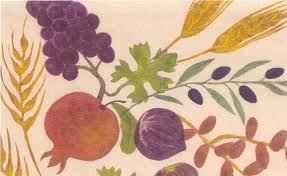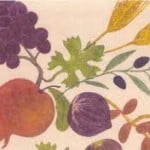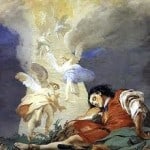 We read an unusual verse in Isaiah that says;
We read an unusual verse in Isaiah that says;
Therefore thus saith HaShem, who redeemed Abraham, because of the house of Yaacov: Yaacov shall not now be ashamed, neither shall his face now wax pale;( Isaiah 29:22)
Avraham was redeemed for the sake of Yaacov. What can that mean? Avraham who was called the friend of G-d needed the merits of Yaacov to be redeemed
We read the following in Divrei Hayamim/, Chronicles:
“Didst You not O our G-d, drive out the inhabitants of this land before Your people Israel, and gave it to the seed of Avraham Your friend for ever? ( 2 Chronicles 20:7)
